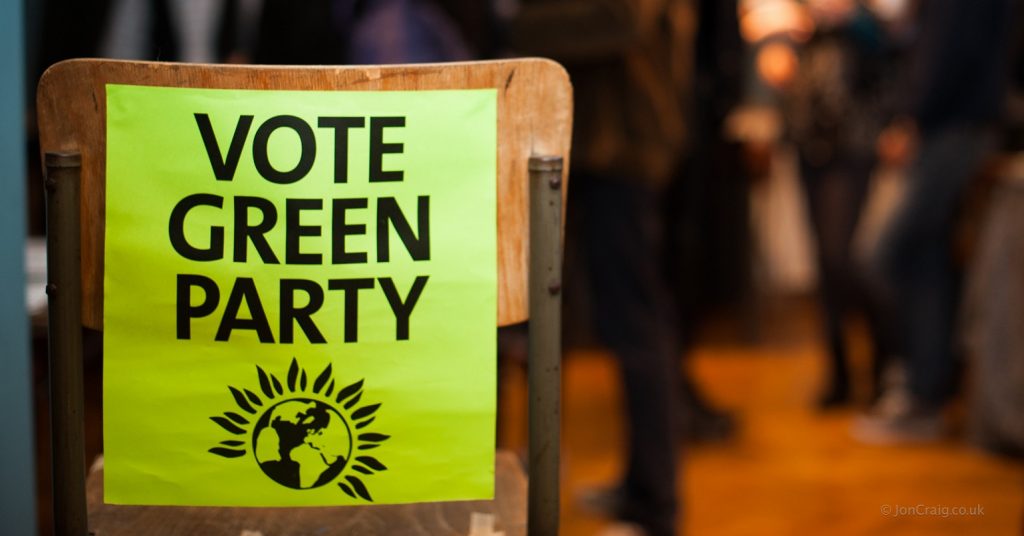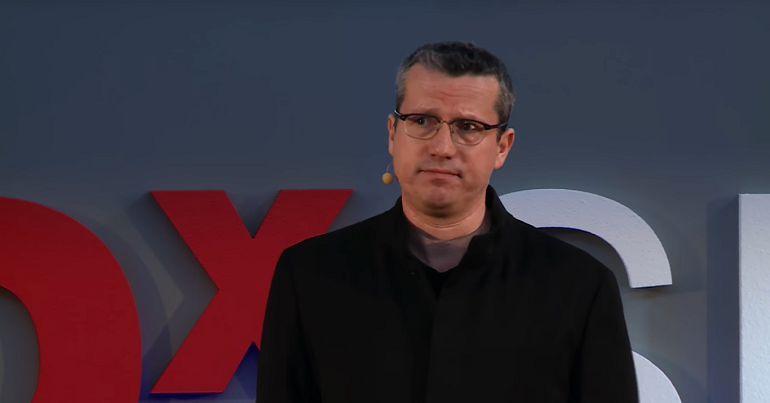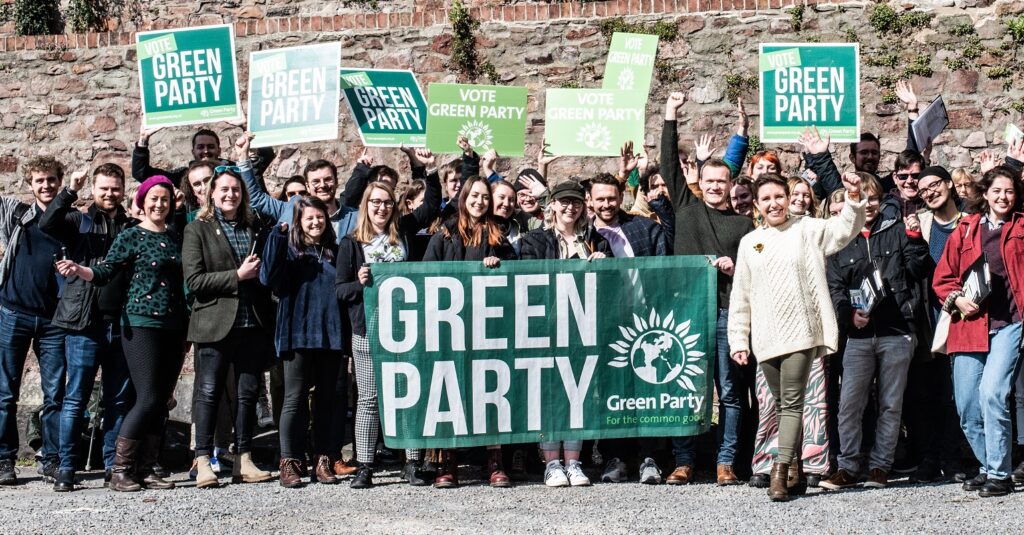9 Thoughts on Left Unity and its Founding Conference
Saturday saw the launch of a new left-wing political party in Britain – Left Unity. I won’t attempt to report on it, as I wasn’t there (nor did I want especially want to be). I just want to lay down a few thoughts on its implications for the wider left, particularly the Greens – speaking as someone who was initially positive (I signed up to the launch appeal) but who is growing increasingly sceptical.
Just under 500 officially attended* the inaugural conference of Left Unity, the project set up by socialist film maker Ken Loach and backed by leading left figures such as Kate Hudson, Richard Seymour and others.
Here’s 9 points from a loyal-but-concerned Green Party activist on the founding gathering of the initiative.
- There is clearly demand for Left Unity – more than 10,000 people have registered as supporters, and over 1200 people have formally joined since membership launched just a few months ago. A third of those attended last weekend’s conference. Explaining the demand for a new project is partly down to disillusionment with Labour, and the many sects to its left (not to mention their behaviour – the SWP’s Comrade Delta scandal e.g.). But it also has to be put down to something the Greens are doing, or not doing. The party’s actions in Brighton – i.e. passing austerity budgets – is obviously a major factor. We only have to look to the stream of Greens who have joined Left Unity in recent months – most/all of whom put their defection down to Brighton Council.
- At the same time however, there are arguably already more than enough left-wing parties in the UK (of which Labour is clearly not one). Of them, the Greens are the largest and have the most representation at all elected levels (and unelected levels, if our first peer for some years, Jenny Jones, is included). TUSC, Respect, the Greens and now Left Unity reflect the electoral mish-mash of British leftist politics now – not to mention the vast array of tiny groups which don’t generally contest elections.
- The party already seems to have overcome some of the stereotypes of the far-left. Far from resembling the misogyny of the SWP, it adopted a 50%+ female-leadership quota. It also saw its dogmatic communist arm routed in a conference vote on which platform to back – the more mainstream Left Party Platform easily winning over the Socialist and Communist Platforms. This comes with caveats, however. The conference provided no crèche, was mostly white male-dominated and refused to allow extra time for safe spaces policy to be discussed. A mixed start, then.
- If Left Unity is to mean anything, it has to mean genuine unity. Partly that means there has to be a serious reduction in the number of random socialist parties – something that is only marginally currently happening (with the mooted merger of the ex-SWP International Socialist Network, the ex-Workers’ Power Anti-Capitalist Network and the [eco-]Socialist Resistance).
- The whole project puts Greens in a dilemma. For a start, the party is almost certain to contest the next bunch of elections – definitely in 2015, at any rate. This means they will in many cases be standing against Greens. Do the Greens simply try to shrug them off, or do we attempt to engage? Clearly we can no longer do that from within Left Unity, as it is now a separate membership organisation and an electoral party. Instead, there have to be serious talks at local and national levels about pacts – lest the Greens be wiped out under our already-hostile electoral system as another group joins the fray. It doesn’t look like Left Unity is planning to start such a debate – a large number of its members are actively hostile to the Green Party (Loach himself is sympathetic to the Greens but argues we can never become a mass party of the un/organised working-class). We thus need to make the first move.
- If Caroline Lucas loses her seat in 2015, many Greens are, sadly, likely to leave the party – possibly towards Left Unity. Already, a number of left-wing Green councillors in Brighton are thinking of defecting. If Caroline loses, this number will undoubtedly rise – both in Brighton and across the country. I’ve spoken to a large number of Greens – many of them young and active – for whom this is the case. Such an outpouring of elected councillors and members will be a huge boost to Left Unity after its first electoral showing – potentially pitching it as the second ‘major’ left-wing party of England (if not Britain).
- At this time, many on the independent left are adopting a ‘wait and see’ policy about Left Unity – if it doesn’t quickly descend into factional bickering (as I’ve heard it has in some branches already), they will jump aboard.
- However, for the Greens there are few genuinely good potential outcomes of Left Unity – if it succeeds, the Greens may be decimated and replaced by a less ecologically-focused old-school left project. If it fails, a massive swathe of the left will likely drift (again, in many cases) into inaction and despair – as in the past with the Socialist Alliance.
- The best outcome is for a decent working relationship with the Green Party – some form of electoral pact, as I’ve argued elsewhere. This will require hard work and mutual engagement. At the moment, such a prospect seems unlikely. But if Left Unity isn’t to become a slightly-bigger version of TUSC, it’s essential. What’s more, it’s also important for the survival of the Greens: without cooperation, Greens will face a choice. With an insurgent socialist force emerging as a serious left-challenge to our party and the political system, many will be asking themselves – ‘should I stay or should I go?’ Some have already made their mind up. After the next elections, which offer uncertain chances for the Greens in Brighton and nationally, many more may follow.




Useful piece on something I was wondering about – thanks!
Seeing that we are facing wholesale attacks on the working class by this Neo liberal government.I would think that it is the duty of like minded people to join together and form a defense against these attacks. I would put the greens in that sphere along with the rest of the left.I attended the conference on Saturday and although not all decisions were to my liking it is a start a base from which we can work from.Sectarianism on the left has been a disease that must be eradicate from our midst. We can only do that if we are prepared to debate and, seek to find some common ground to accommodate our differences so that we can have an open and honest debate.By excluding yourselves there is a danger that people will stand outside and criticize,this will lead to sectarianism.
I for one will be pushing very strongly to be working with the Greens, not against them. We are natural allies.
Usual breathtaking arrogance from the Green corner; it isn’t just your pro-cuts wing that’s making the traditional socialist groups look more attractive.